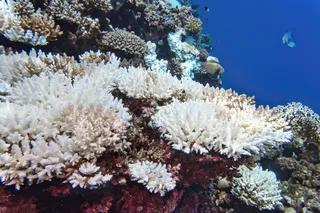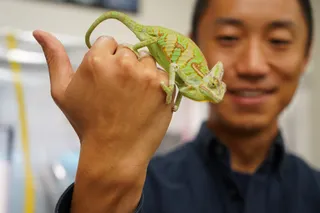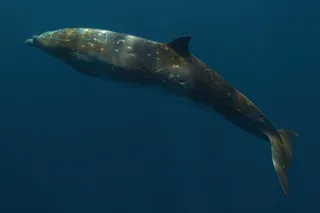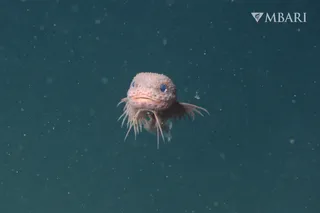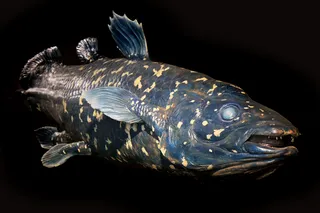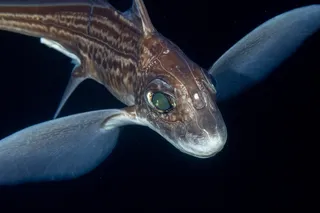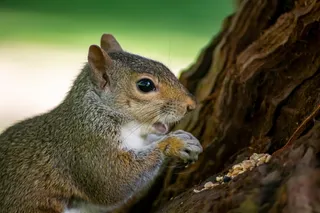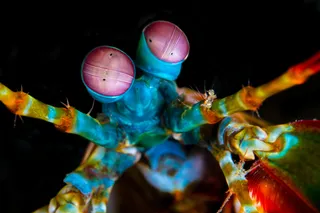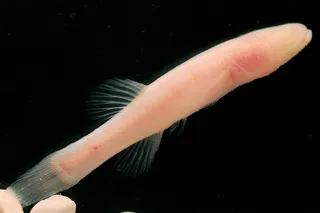What’s the News: Hummingbirds have been keeping a secret, now revealed by high-speed videos: their tongues are nothing like straws. They’re much more like mops. Those dexterous helicopters of the sky (and mascots of this fine news aggregator) are known for consuming large quantities of flower nectar—as much as 14 times their body weight in a day—to power their speedy metabolisms (when your heart beats more than 1,200 times a minute, you’ve got to keep gobbling that fuel). Researchers had always thought that hummingbird tongues, which are forked, functioned like a coffee straw, with two slender tubes using capillary action—the force pulling liquid up the sides of a tube—to drink. But new video evidence shows the two halves of hummingbird tongues scooping up the fluid like tiny hands, knocking the straw theory out of the running. How the Heck:
According the physics of capillary action, hummingbirds should be drawn to ...


